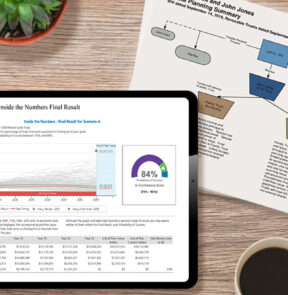Wealth Planning


Trust and Estates
Planning Opportunities Before the Tax Cuts and Jobs Act Sunset
Now is the time to begin reviewing the details of your estate plan and personal tax situation to optimize your tax savings before the December 31, 2025 sunset.

Wealth Planning
Wealth Planning: Is Your Financial House in Order?

Wealth Planning
Business Owners: Planning for Exit
Filter list

Reset all
4
Wealth Planning
Understanding the Current Market Dynamics
In our latest article, Fiduciary Trust experts explore the market impact of recently announced tariffs and the heightened risk of recession amid growing policy uncertainty, sharing why maintaining a long-term investment perspective remains critical.
Wealth Planning
2025 Planning Considerations
The start of a new year is an excellent time to take stock of your financial and estate planning goals. Taking action early in the year can help you maximize the benefits available in 2025 and beyond.
Wealth Planning
Prepare for Possible Sunset of High Estate Tax Exemption
In a webinar with Trusts & Estates, experts from Fiduciary Trust Company and Dungey Dougherty discuss possible considerations and opportunities for the TCJA sunset.
Wealth Planning
Planning Opportunities Before the Tax Cuts and Jobs Act Sunset
Now is the time to begin reviewing the details of your estate plan and personal tax situation to optimize your tax savings before the December 31, 2025 sunset.
Wealth Planning
2024 Key Planning Figures
This material highlights key IRS and other planning amounts for 2024 and is designed to be a reference tool for clients and advisors to inform this year’s planning.
Wealth Planning
MA Governor Healey Signs $1B Tax Reform Package Impacting Estate Taxes
On October 4, 2023, Governor Maura Healey signed a $1B tax reform package. This insight explores the key provisions as well as its impact.




